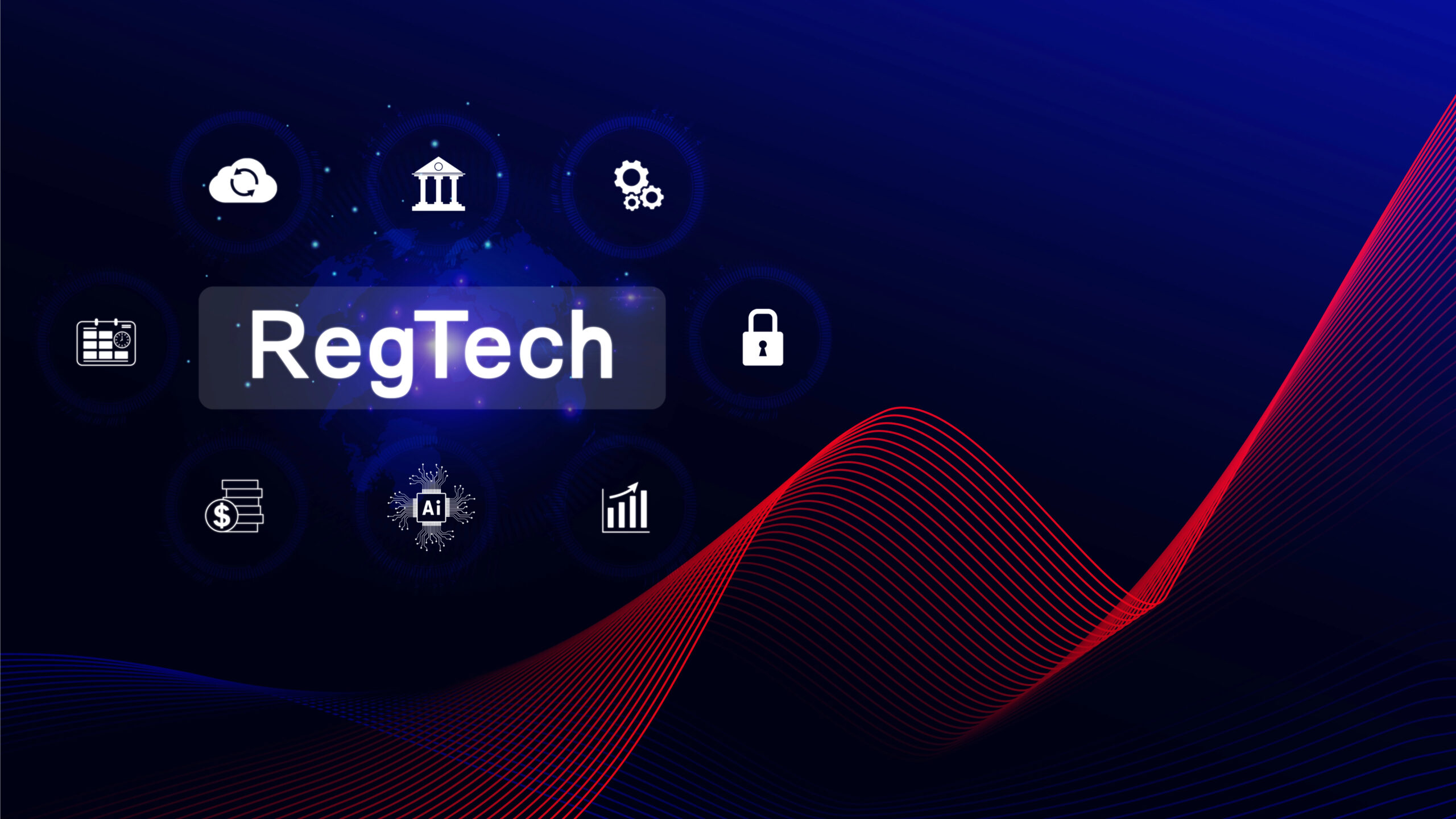Leasing and other financing organisations know that system integration is supposed to streamline operations, improve…
As a Service – Should We Wait Until the Market is More Mature?
Oh no, not another self-serving article hyping up “as a service” and servitization!
In our work as advisors, we hear plenty of healthy scepticism about managed services, ‘as a service’ models and servitization. There are lots of names for it. Is it real or these over-used expressions with little substance or practical business application and customer resonance?
It is clearly the case that many industries are still heavily focused on moving equipment and use asset finance primarily as a sales aid. We do however increasingly see OEMs, dealers, VARs and distributors across a broad range of industries, deploying richer financing offerings and sophisticated integrated solutions.
Unfamiliar risks in these models
The move into these types of solutions naturally brings new challenges and potentially new types of risks that need to be effectively managed. Beyond the traditional elements of credit risk and asset risk which the asset finance industry has managed effectively over the years, there are several additional risks to address.
Depending on the market maturity and customer demands, the newer solutions require additional focus on:
- New servicing risks
- For example, what range of physical and data services does the business need to provide to compete and be compelling to its customers (e.g. physical installation, support, fleet management, in life diagnostics, install, de-install, shipment, maintenance, consumables supply, staffing etc). Should the business develop these capabilities, partner or acquire these offerings?
- Equipment performance risk
- If the business is guaranteeing outputs or outcomes, how does it ensure that the equipment delivers these, and how can it manage and mitigate this?
- Utilisation risks
- What minimum level of usage (if any) does the business price in, who and how does the business solution this utilization. What expertise and inputs are needed?
- Cancellation risks
- In this new world, does the customer’s termination sum fully cover the point in time financial exposure?
- New operational activities and risks
- How does the business gather the information needed, in order to bill on a pay per use basis, and correspondingly how does it manage its billing and collections on a subscription basis?
- How does the business allocate the payments received between what is owed to it and what needs to be paid on to service providers?
Go to market & product development
In addition to the risk management, there are also the realities of commercial engagement, around market & product positioning and testing, not to mention the sales skills and incentive alignments required to make such offerings fly.
Solution architecting is another key competence that businesses need to address. This can particularly be true for the set of customers who are seeking true off-balance sheet solutions, and where providers are finding ways to address such customer needs.
Our analysis: real opportunities do exist
If reading all of this is confirming the view that it’s maybe better to wait for others to chase after this topic and learn their lessons, we would maybe just offer pause for thought.
It’s our view at the Invigors/Alta Group, that those companies that act soon and act smartly could give themselves a significant first mover advantage. The main reason we hold this view relates to data:
- Utilisation risk and cancellation risk
- In less mature equipment markets this may initially be priced around fully mitigating the asset market price risk. Over time, it’s likely that actors will begin to take a behavioural view on such risks. This will allow incumbent players to have a data informed view of these risks and be in a much stronger position to more accurately assess and price these risks. This IOT data and the insight generated will be a key component in footprint protection, so first or early to market is likely to be critical.
- Equipment performancerisks
- Historically this is often backed off to OEMs or other third parties. With the advent of widespread deployment of IOT sensors and predictive analytics, these become an element of the value chain that will likely become more important. In a world where guaranteeing outcomes rather than providing equipment becomes more the norm, developing or having access to partners with such capabilities will, in our view become increasingly commonplace.
- Data insight as a value proposition
- Equally important is the ability to provide end customers a value proposition that is much richer in data insight. This could be around equipment usage patterns and driving their internal business efficiencies through to helping them better select equipment etc. Arguably these could be a “me too” solution in the fullness of time, but having access to historical data and industry comparisons could be a barrier to entry that first mover players could exploit.
Whilst certain areas of the asset finance industry, such as those in technology finance are past the tipping point, we see other market areas fast approaching that point.
This is one of a series of articles from Invigors and the Alta Group on the topic of servitization.



